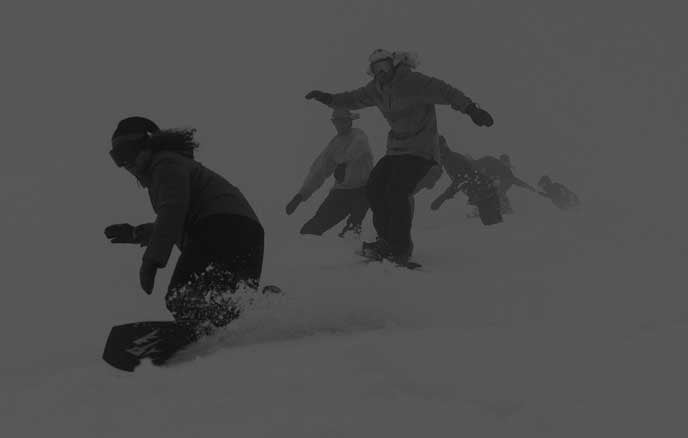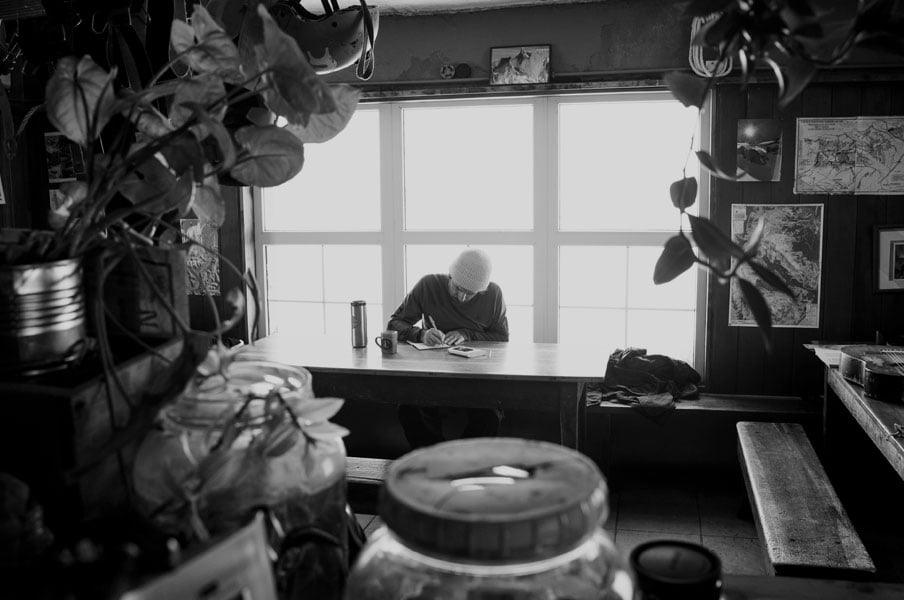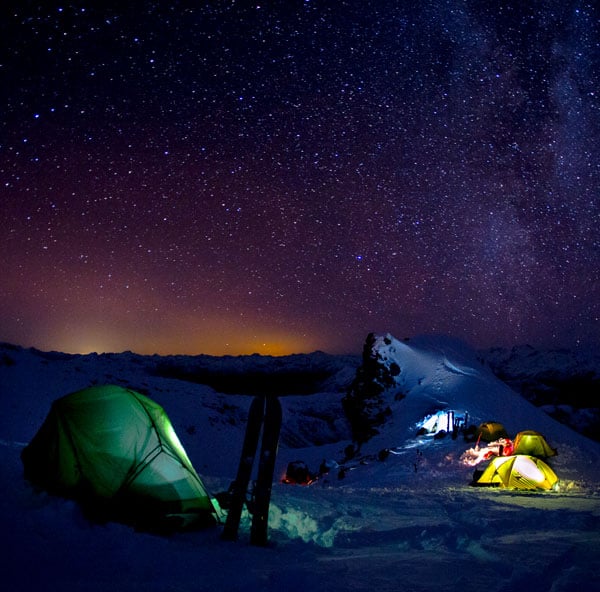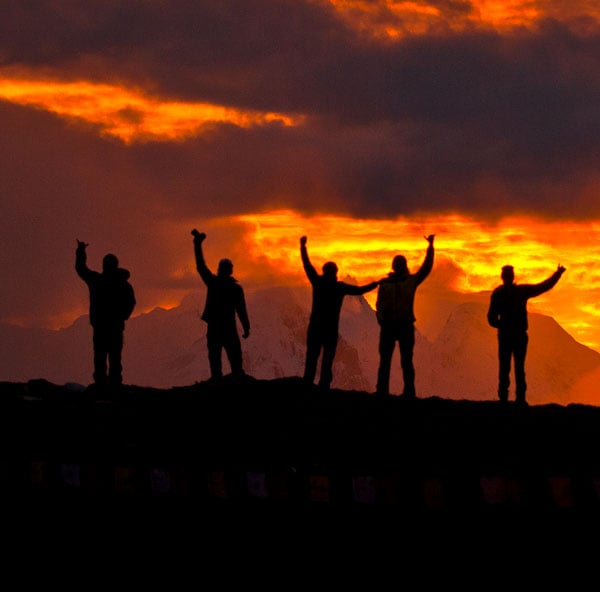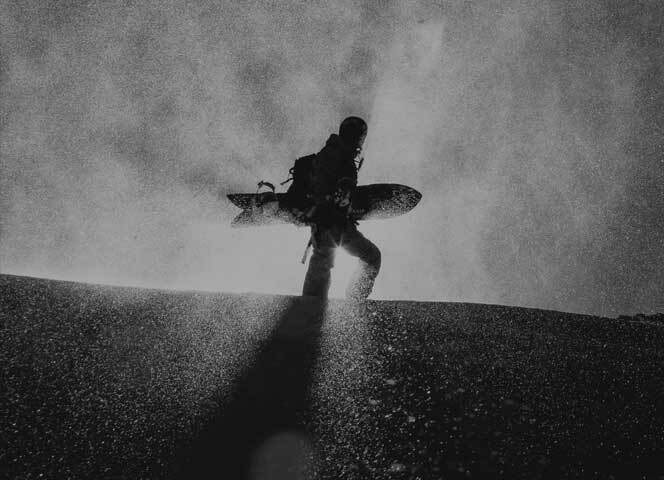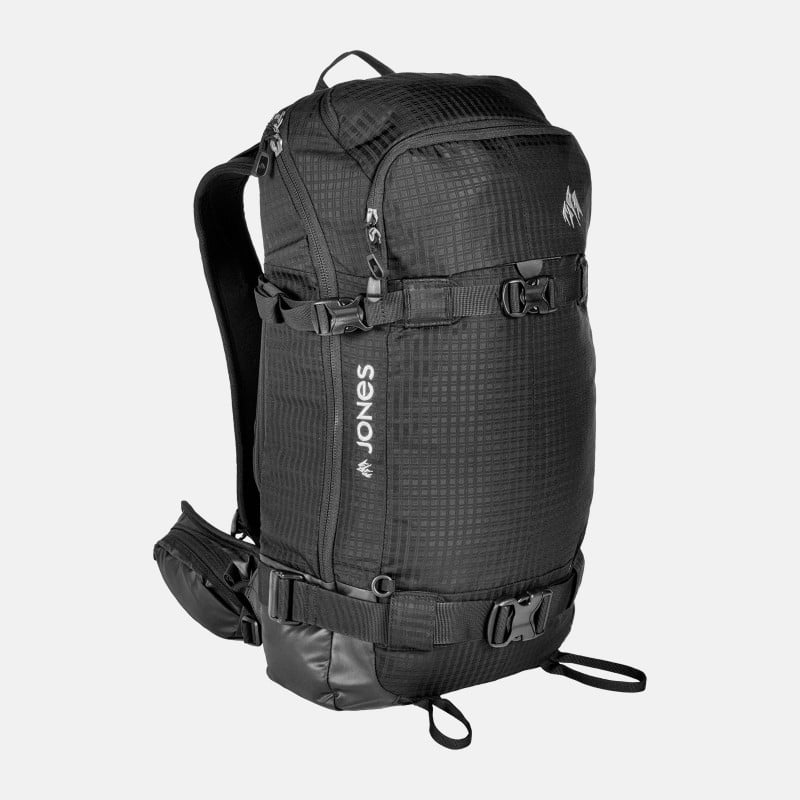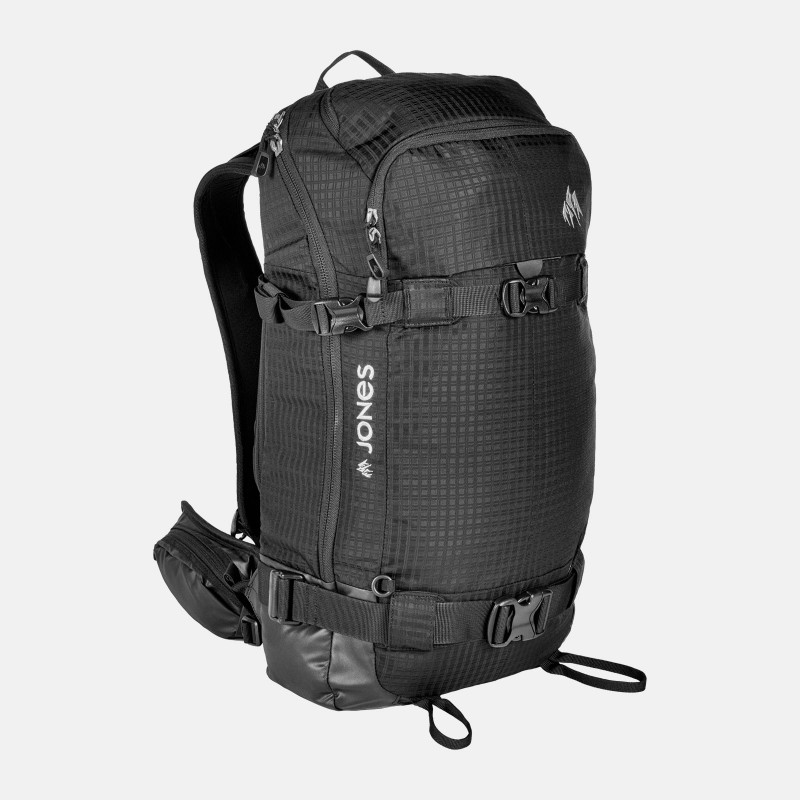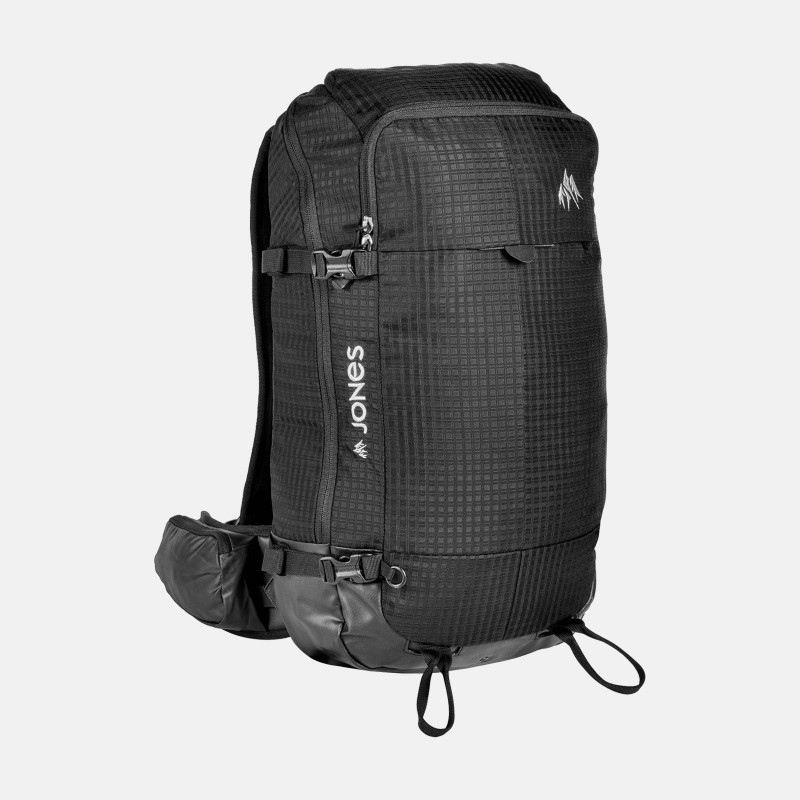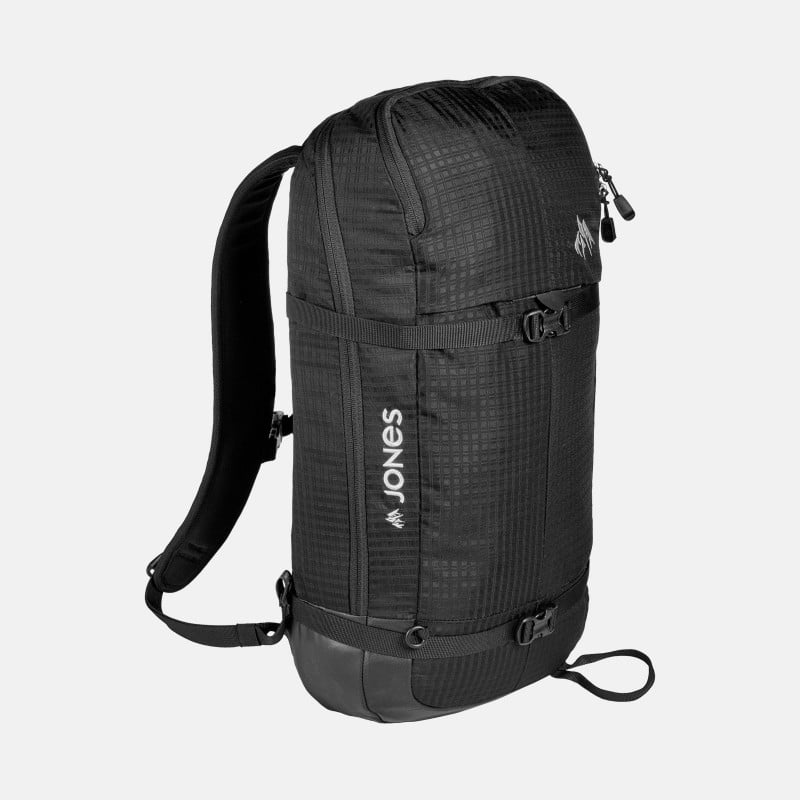How to: Pack a backpack for splitboarding
Gear 101


Mountain Guide Neil McNab shows us what he packs in his bag for a splitboarding tour
The sad truth of snowboarding is that – at least compared to our sister sport, skateboarding – there’s a lot of kit you have to buy. Board, boots, bindings, jacket, thermals, goggles, gloves, socks… the list goes on. Then once you’ve nailed it all, along comes something like splitboarding and you almost have to start all over again. At least you’ll save money on a lift pass
Riding backcountry comes with a lot of self-reliance and responsibility for others, so it’s crucial that you have gear that you can trust. It’s worth investing in the best stuff you can afford as at no point do you want to compromise the safety of yourself or others.
As if regular snowboard kit wasn’t confusing enough, splitboard gear can be downright alien.
- Neil McNab
But where to start? As if regular snowboard kit wasn’t confusing enough, splitboard gear can be downright alien, and seeing as it generally takes place far away from any crowds there isn’t as much chance to check out what other people are using before making your own decisions.
Well, we’re here to help – below is a handy guide to what essential splitboarding gear you’ll need for a successful trip into the backcountry, along with some tips and jargon-busting explanations along the way. It may seem daunting at first, but believe us when we say it’s worth all the faff when you’re standing on top of that line about to drop in!
In this video, UIAGM Backcountry Snowboard Guide and Jones Ambassador, Neil McNab, shows us what items to bring for a splitboard tour in the backcountry, and how best to pack them in your bag.
Backpack
If you’re into riding powder already, it’s safe to assume that you’ll already have a backpack, but having one designed for touring is a godsend. You can just about manage with a small resort pack for short excursions, but when you’re carrying skins, poles, clothing, food, water and more, having something with at least a minimum of 25 litres of space is pretty important.
Having something with at least a minimum of 25 litres of space is pretty important.
- Neil McNab
Ideally, it should strap up securely around your hips where most of the weight will be taken, but also with a chest strap so it doesn’t shake around and throw you off balance. Dedicated features and pockets for avalanche kit and small accessories are a great bonus. The best will have external straps for carrying your board and/or helmet for when you want your arms free.

Avalanche safety gear
It should go without saying at this point, but you shouldn’t even be going off-piste in resort without an avalanche transceiver, probe and shovel. For splitboard expeditions deeper into the backcountry, there is simply no excuse. Oh, and you should be well practised in using them.
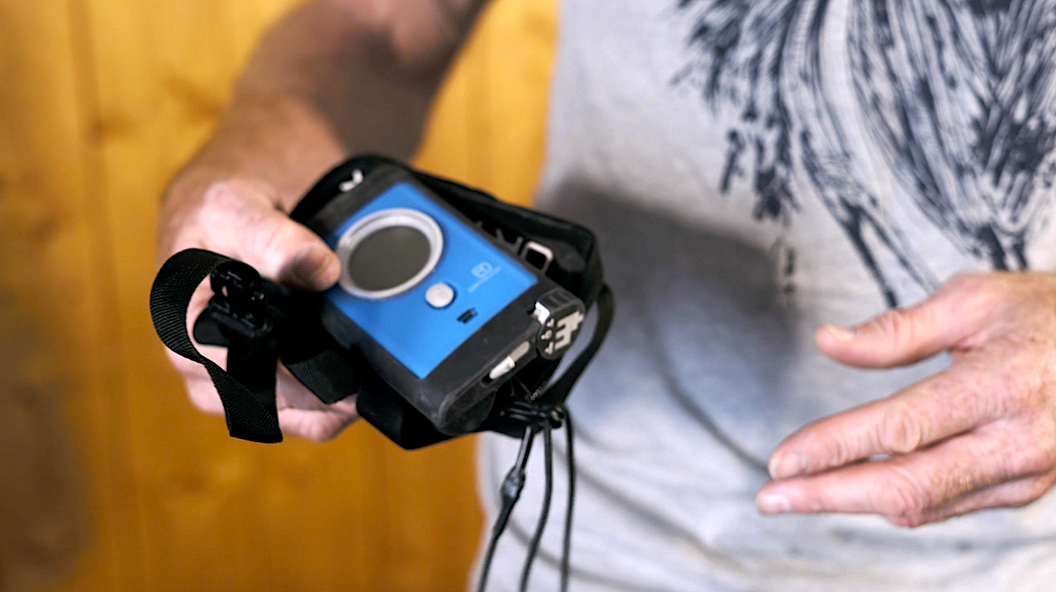
Splitboard poles
Critical pieces of kit that you’ll only truly understand the importance of once you’ve accidentally left them in the car. It’s a good idea to get splitboard specific poles – some fold into at least three lengths for easy stowage, others are collapsible and easily clip to the outside of your pack.
Splitboard skins
The sticky bits of carpet you attach to your splitboard to be able to walk uphill on snow. Once upon a time, these were made from seal skin (hence the name) but these days they’re more animal-friendly.
The tough fibres on the bottom are all aligned in one direction so you can slide them forward, but when you push down they’ll grip into the snow. While the Jones specific skins come pre-cut for your splitboard, other options might require you to do the fine-tuning yourself. Either way, if you take good care of them they’ll last ages.
Once upon a time, these were made from seal skin (hence the name) but these days they’re more animal-friendly.
- Neil McNab
Some board brands, like Jones, feature notches to connect specific tail clips, although you still have the option of buying the universal clips which should be compatible on most splitboard models. Just always double-check before making the purchase.
Crampons
Most people won’t ever use them, but once you’ve experienced what they’ll do you’ll never leave them behind again. They’re essentially big metal spikes that sit between your board and bindings, biting into the snow for steeper climbs or icy patches. If you’re just doing casual day tours or small hikes you probably won’t use them, but for ridgeline access, they’re pretty essential.
Map and guidebook
It’s essential to have a plan of where you’re going and what you’re doing before you set out (and remember to tell someone). Plans can change, however, and nothing beats a hardcopy map – you never know when your phone might run out of battery or signal. You can find maps in supermarkets or stationery shops in most resorts, and more often than not there’ll be an accompanying guide book as well. These are great not only for discovering where to go, but what to expect in any given conditions once you’re there.
Nothing beats a hardcopy map – you never know when your phone might run out of battery or signal.
- Neil McNab
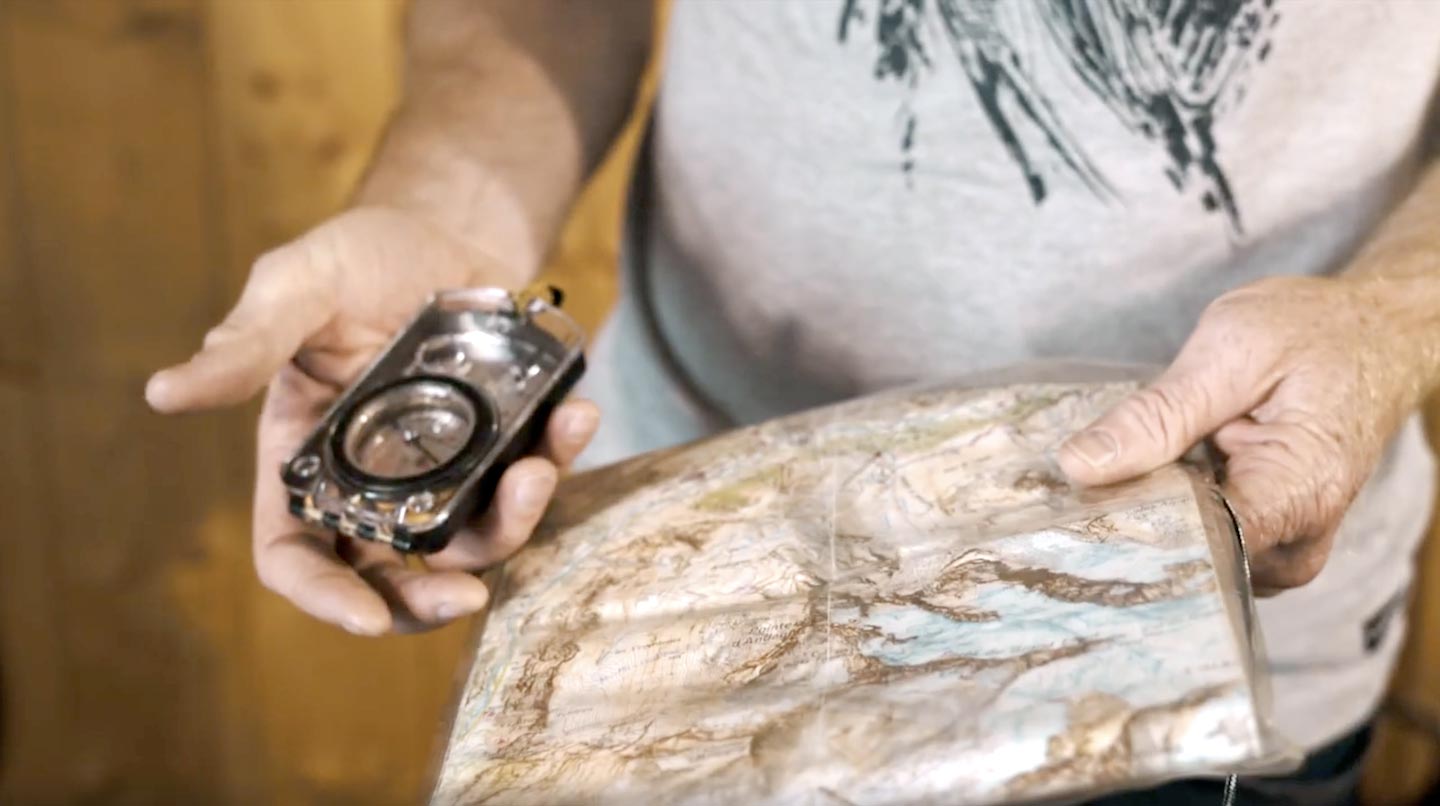
Tool
It’s annoying enough finding a loose buckle in resort and having to one-foot it to the nearest lift, but miles from anywhere it can be an absolute nightmare. Stashing a small tool that you’ve checked is compatible with all of your kit is easy as pie, and can mitigate all sorts of problems.
Even better, take some spare parts with you, available from most splitboard manufacturers, or at least a roll of duct tape and some cable ties to hold it together until you’re home.
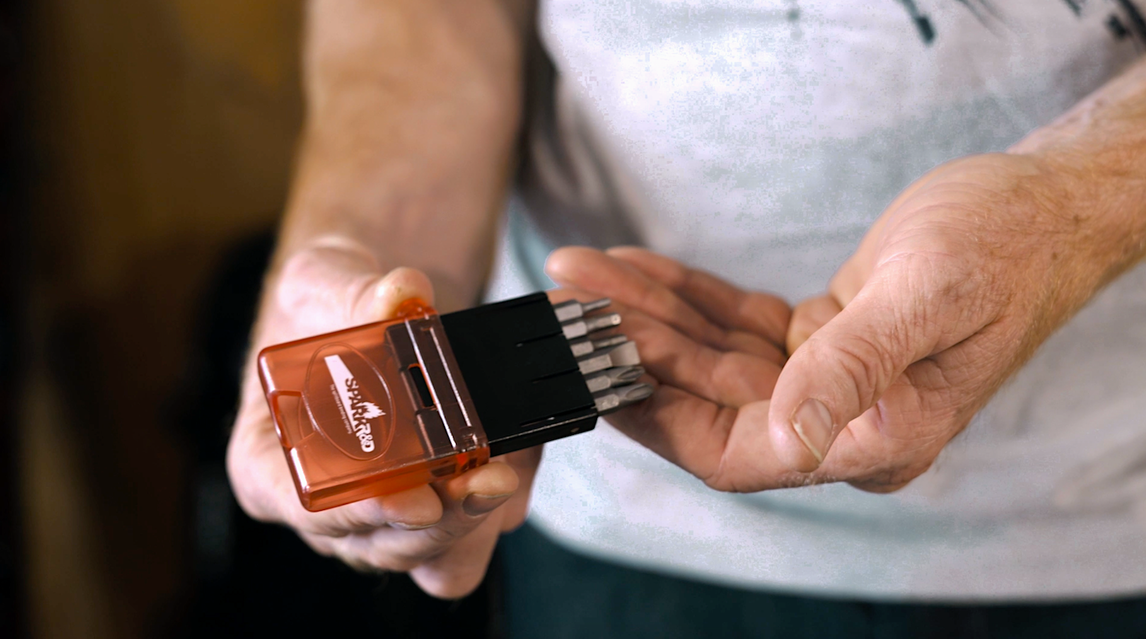
First Aid kit
What we just said about tools goes double for a first aid kit. Should anything go wrong when you’re a long way from help it could make a huge difference for you and/or your companions. Most resorts have a pharmacy selling small and simple kits that can be stashed away in your pack – just make sure it’s close to hand. Probably worth carrying a small head torch in there, too. Even if you’re planning on being back well before sundown…
Spare Layers
Unlike regular resort riding – where it’s easy enough to maintain a steady body temperature – splitboarding sees your temperature fluctuate wildly thanks to all that hiking, stopping and finally descending. It’s a good idea to have two or three layers you can easily put on or take off as you progress through your expedition, namely: a decent base layer, an insulated mid-layer and a tough shell.
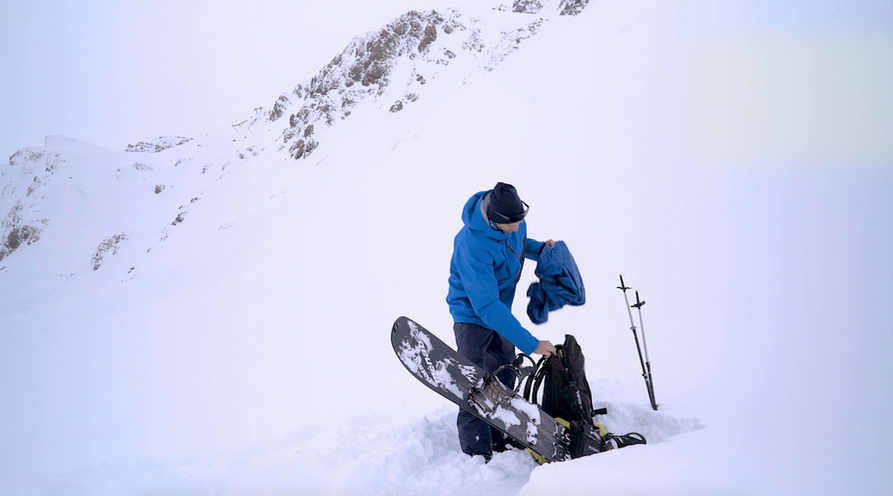
Glove liners
Hands down (wahey) the most underestimated piece of kit for splitboarding. Normal gloves are often too hot for skinning up in, but if you hit an icy patch and fall over holding a pole you can be sure you’ll end up punching the ground and skinning your knuckles. Glove liners will save you here without being too hot to wear, and let you pack lighter gloves or mitts as a bonus!
The most underestimated piece of kit for splitboarding.
- Neil McNab
Sunglasses
Touring up in goggles is a sweaty, steamy hell, but your eyes will still need protection from the sun and at altitude, so some good specs are essential.
Sunhat/Cap
Ditto goes for hiking in a beanie, it’s a recipe for disaster on the way up but you still need to give your head and neck some shade. It’s the one place a bucket hat is actually useful! Alternatively use a hood or go all Bedouin and learn to tie a Keffiyeh.
Suncream
Because you shouldn’t need to be reminded, but everyone does.
A few snacks are a good idea too, but no littering!
- Neil McNab
Food and drink
Don’t expect any cafes or bars along the way so bring your own water. Having a good flask is really nice and you can use it for all manner of activities other than splitboarding, though if you’re going somewhere really cold then an insulated one will stop it from freezing up. A few snacks are a good idea too, but no littering!
Backcountry checklist
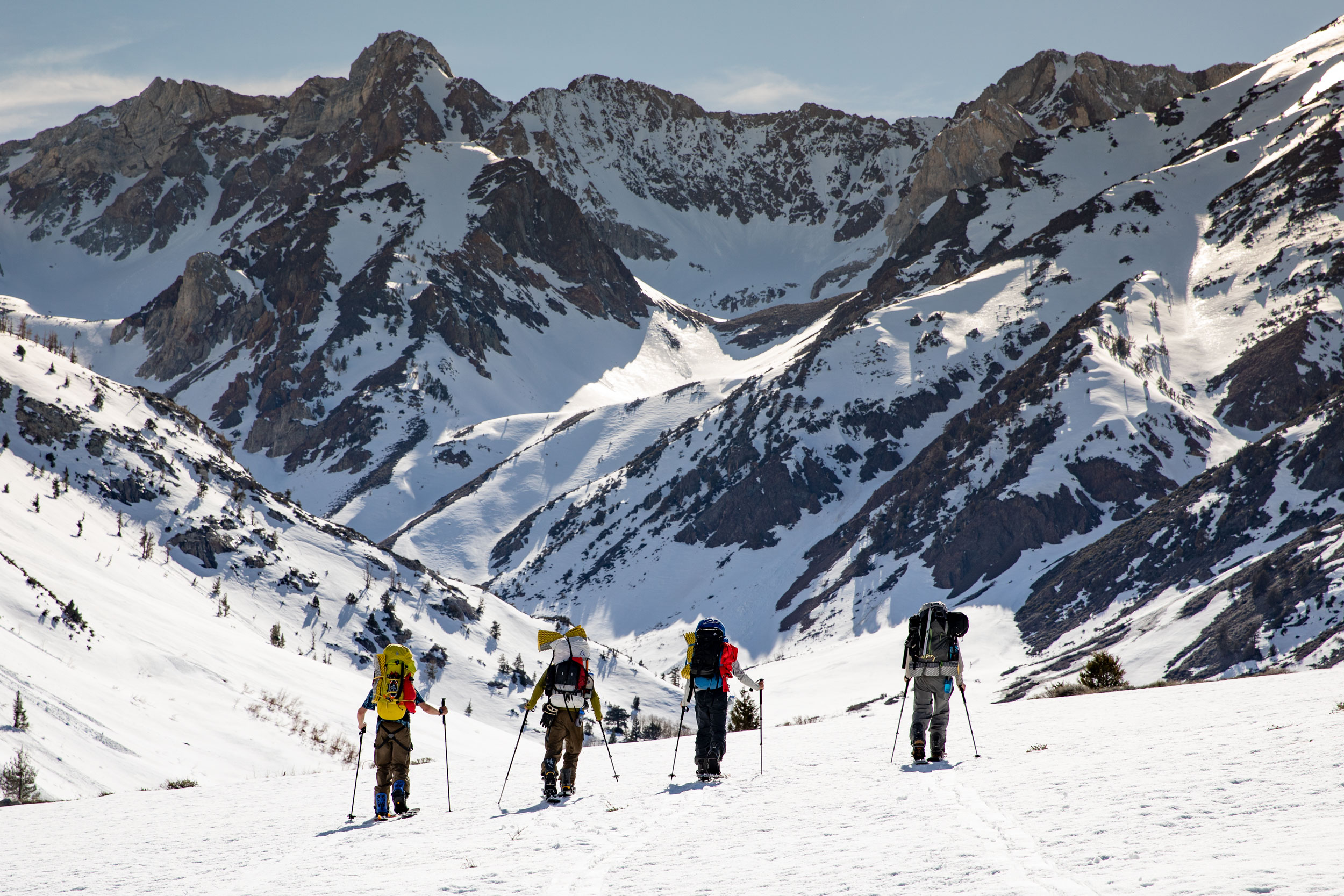
Safety
- Evaluate your group
- Check avy report
- Aspects to avoid
- Rescue plan
- Red flags?
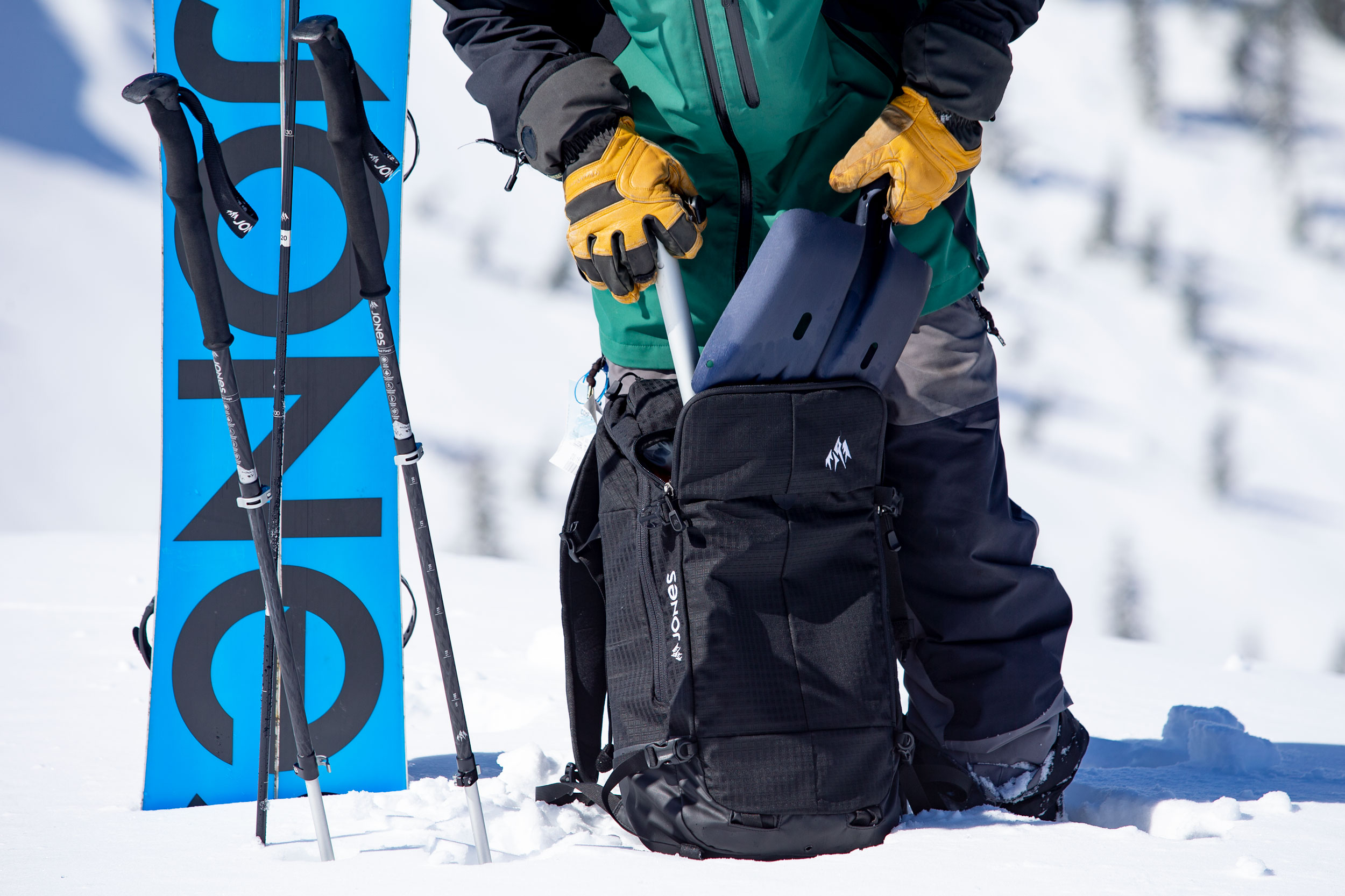
Gear
- Boards
- Boots
- Avy gear
- Avy beacon
- Poles
- Skins
- Gloves
- Goggles

Our Mission
Design innovative mountain gear that sets new performance standards and be a leader
in
manufacturing sustainability, environmental outreach and backcountry education.


© 2024 Jones Snowboards. All rights reserved.
Nidecker North America, 11253 Brockway Rd. Suite E202, Truckee, California 96161 - USA
